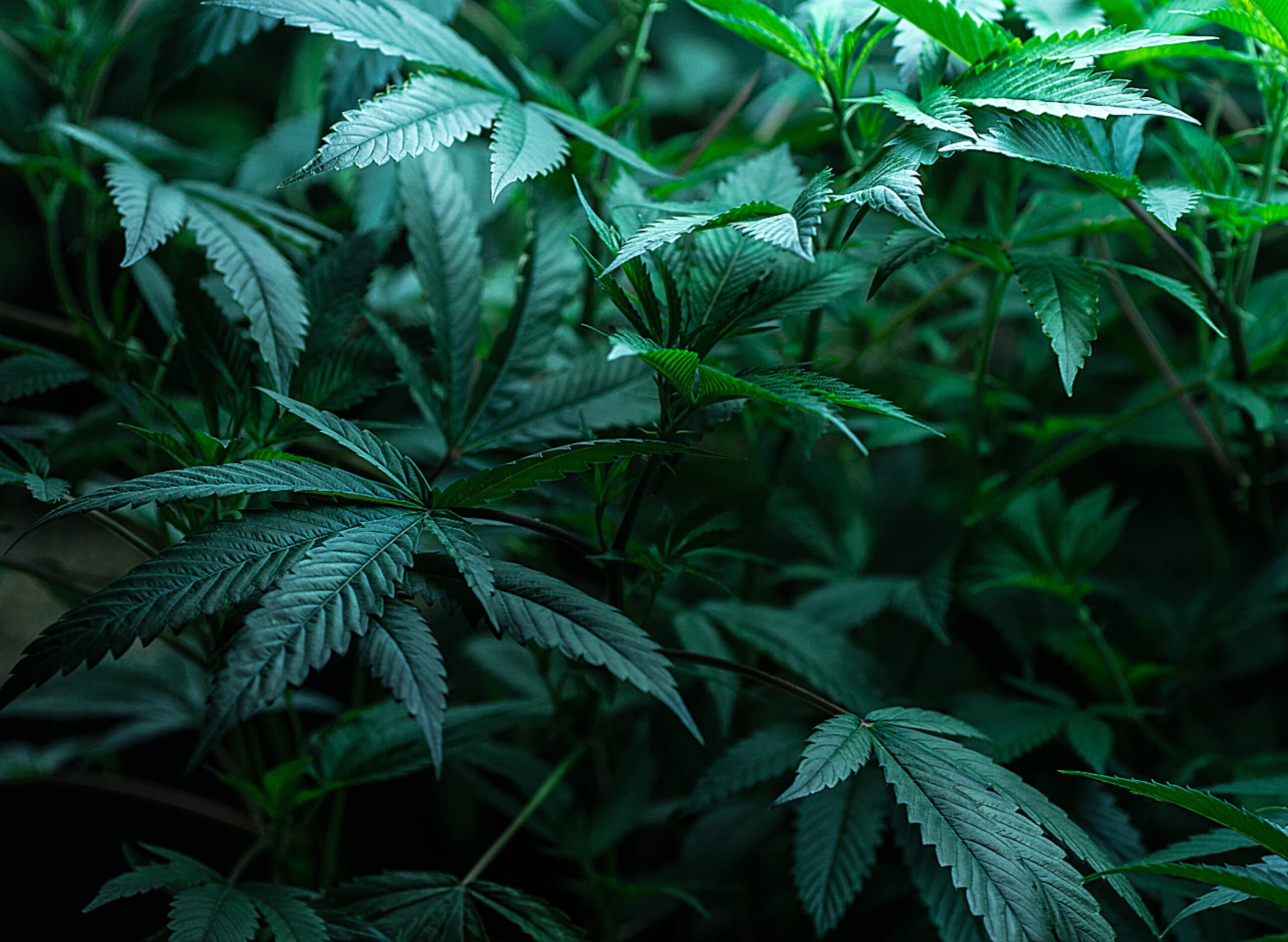Hop Latend
Viroid


Services
How do we test for Hop Latend Viroid (HLVd) in cannabis?
Our laboratory employs a cannabis-specific qPCR assay to detect HLVd RNA. The outstanding specificity of this assay ensures the highest sensitivity and precision of results. Proper sampling plays a crucial role in this process.
Leaf sampling is an eaective approach for HLVd detection, facilitating the examination of the viroid in the plant’s leaf tissue. With this method, a sample of leaf tissue is collected, followed by RNA extraction. Subsequently, the presence of HLVd is determined using real-time qPCR. Leaf sampling is minimally invasive, requiring only a single leaf for analysis, thereby preserving the plant’s integrity.
Furthermore, breeders are advised to take root samples from seemingly asymptomatic plants and conduct an HLVd root test. The technique of RNA extraction remains the same as for plant tissue but is applied to root material.
Various studies have demonstrated that sampling from diaerent parts of an HLVd-infected plant leads to varying results. Typically, the strongest qPCR signal is observed in the roots of infected plants. Interestingly, in some cases, positive HLVd tests are detected in roots while leaves remain negative. Through careful sampling and molecular diagnostic testing, growers can eaectively monitor and mitigate the eaects of HLVd on their cannabis plants.

Sampling
Given the variable distribution of HLVd in diHerent areas of the plant, we recommend sampling from various locations. If your plant is already suHiciently rooted, we additionally recommend extracting root material for the test. When collecting samples, it is important to wear gloves. Please extract four leaf lobes and three roots (approximatley 3 cm). If samples are taken from multiple plants, ensure that gloves are changed and fresh cutting tools are used.

What is HLVd?
Hop latent viroid (HLVd) is an infectious RNA with a single strand and a circular structure. Similar to viruses, viroids rely entirely on the metabolism of their host plant for replication. Unlike viruses, viroids are characterized by their small size, distinct genetic structure, and ability to replicate exclusively within plant cells. HLVd is globally present in hops but has spread to cannabis in recent years, causing significant yield losses and reductions in cannabinoid concentrations.
What are the symptoms of HLVd in cannabis?
An HLVd infection affects growth patterns, leaf shape and color, as well as flower content and quality. However, it is also possible for the infection to be asymptomatic, meaning no visible changes occur. Therefore, it is not possible to diagnose HLVd based just on symptoms. The only reliable way to determine if a plant is infected is by conducting a diagnostic test.
How does HLVd spread?
HLVd is transmitted from one plant to another through contact with infected plant sap. This most commonly occurs through tools, equipment, and workers that have come into contact with infected plant sap. HLVd can also spread through cloning when cuttings are taken from an infected mother plant. Since HLVd symptoms may not always be obvious in the vegetative stage, identifying infected mother plants can be challenging, especially if the infection occurs later in the plant’s development, as reduced growth may not be as evident.
Due to the high concentration of HLVd in the roots, it can also spread through water in hydroponic systems. Healthy plants sharing water with infected plants can uptake the viroid without direct root contact.
Experiments have shown that HLVd can also be transmitted through seeds. This occurs either through the crossbreeding of infected male plants with healthy female plants or healthy male plants with infected female plants.
